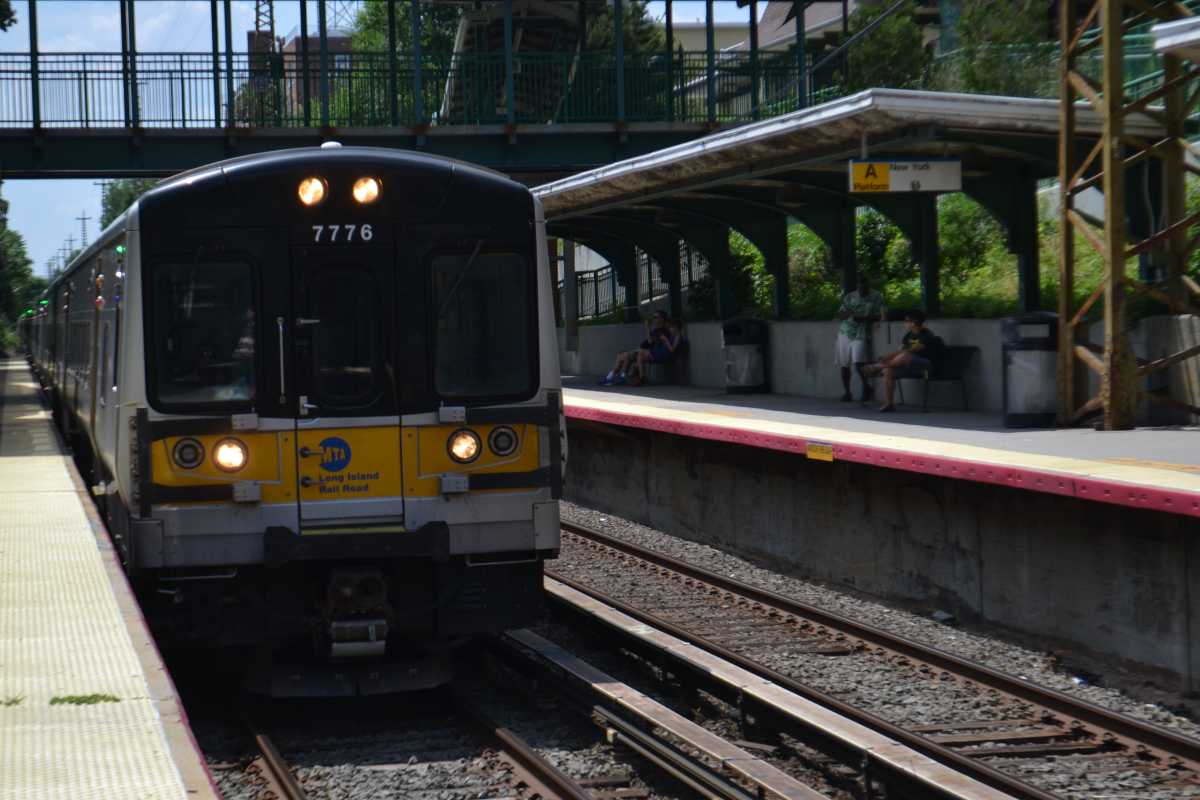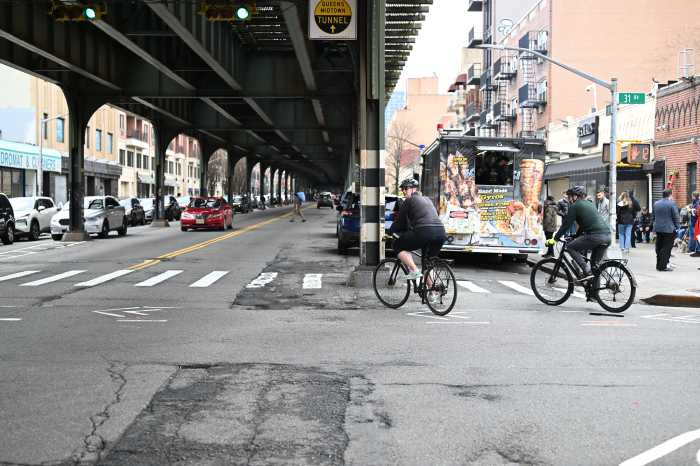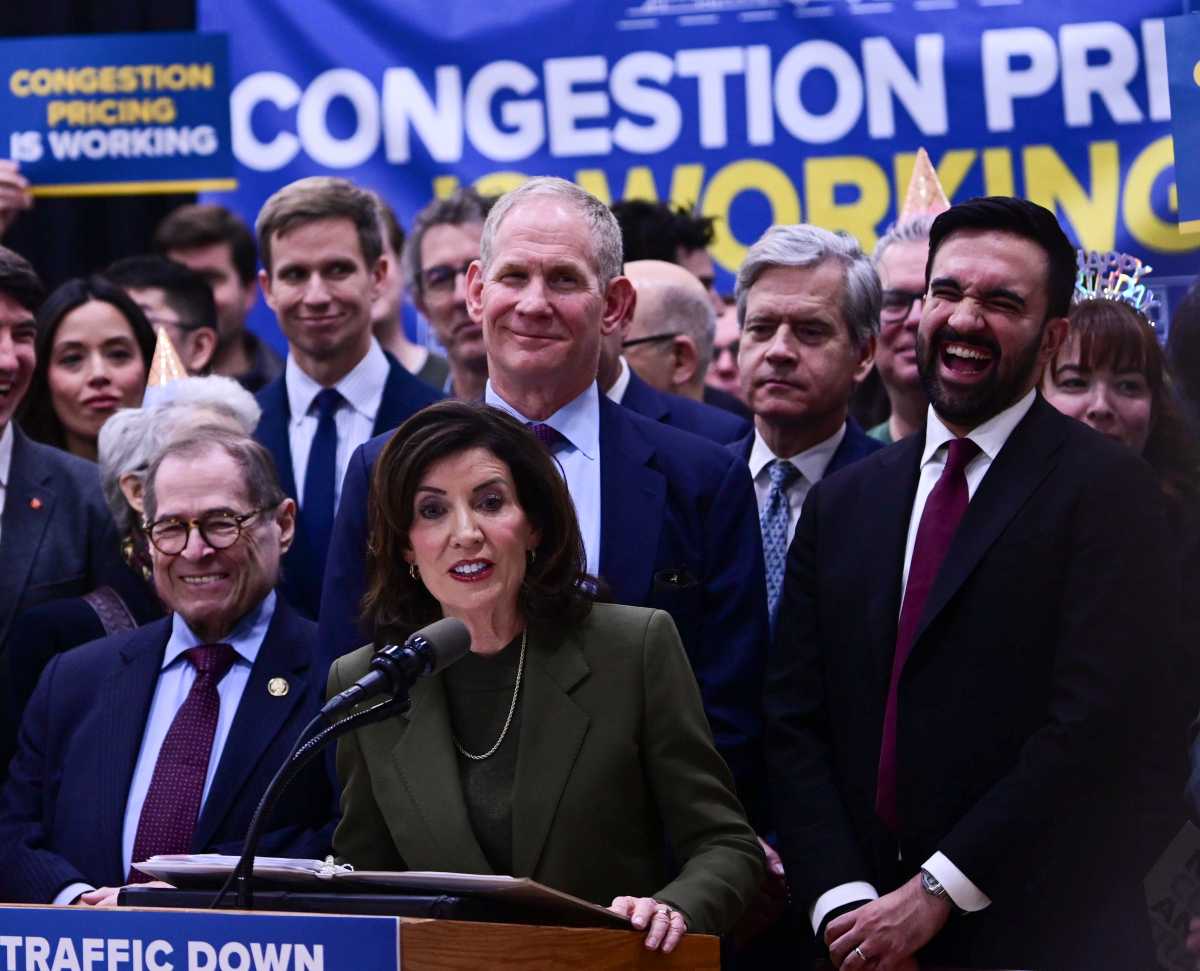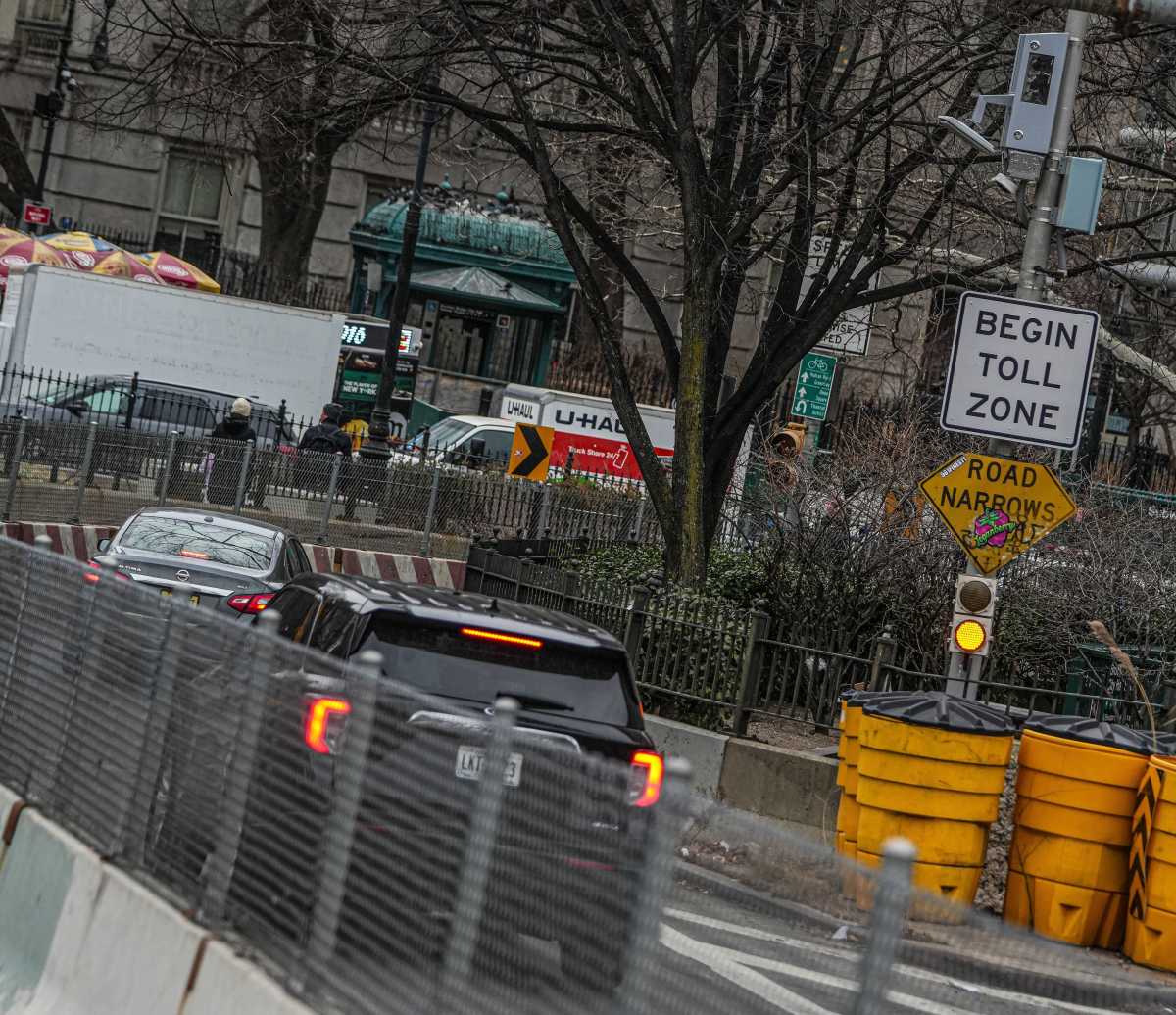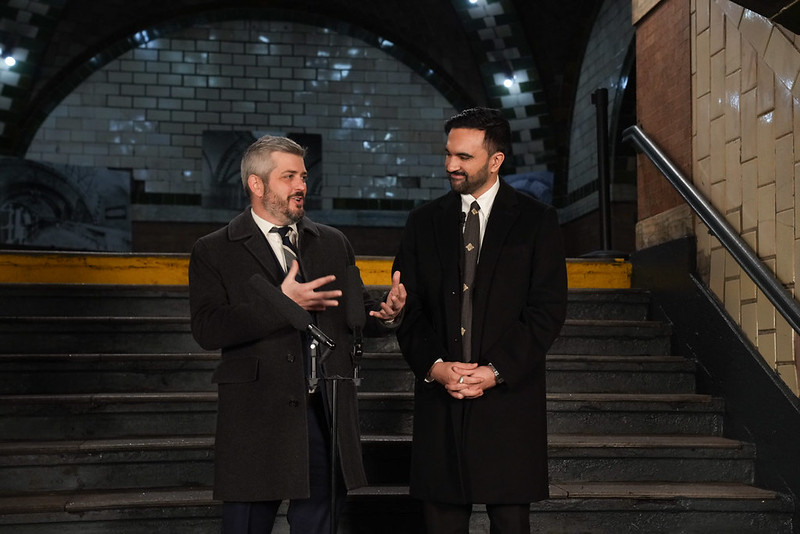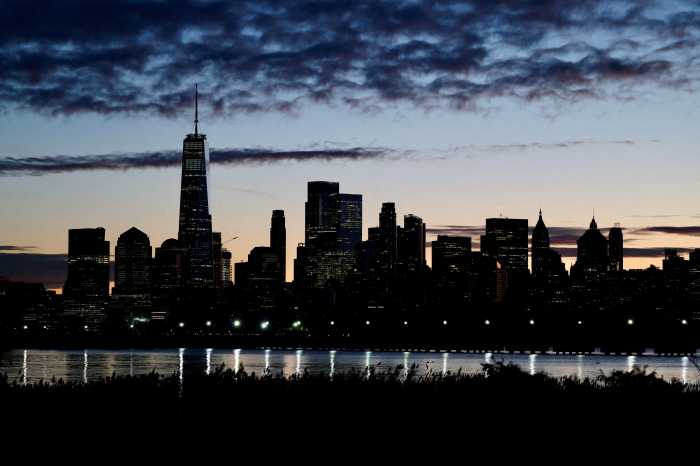BY MADELINE NELSON
The Long Island Rail Road (LIRR) had its worst on-time performance in 18 years, according to a report issued by State Comptroller Thomas P. DiNapoli. Queens- and Long Island-bound trains specifically had the most prolonged delays of the year.
The LIRR was responsible for more 6,500 late, canceled and terminated trains, more than twice as many as Amtrak, according to DiNapoli. Amtrak was responsible for more than 3,000 delayed, withdrawn and terminated trains. Equipment problems caused more than two-thirds of the delays.
The most frequently canceled trains were from Penn Station to a destination in Long Island.
For the fourth year in a row, the 6:05 p.m. train from Penn Station to Wantagh was the most frequently canceled train, according to the data. This train was canceled 18 percent of the time. The 6:05 p.m. train and the train before were canceled on the same night 11 percent of the time.
The report noted the top ten worst on-time performances during the morning peak all had origins in Long Island. Two destinations of those trains make stops in Jamaica and other parts of Queens.
The 7:32 a.m. train from Ronkonkoma to Penn Station was late, canceled or terminated 29 percent of the time, more than three times as often as the LIRR average.
The 7:58 a.m. train from Bethpage to Penn Station had the second-worst on-time performance and was late or canceled 28 percent of the time.
The 7:01 p.m. train from Penn Station to Port Washington had the second-worst on-time average, only being on time 64.6 percent of the time. That train stops at Woodside and services the northeast Queens stations of Flushing-Main Street, Murray Hill, Broadway, Auburndale, Bayside, Douglaston and Little Neck.k
More than two-thirds of the delays and cancellations were caused by unscheduled track and signal repairs or mechanical problems with the trains. The number of incidents caused by human error and other unplanned factors such as crew error, labor shortages and scheduling problems, increased by 71 percent in 2017.
According to the report, the two longest delays in 2017 were Montauk to Jamaica and Jamaica to Montauk trains. The Jamaica LIRR station was involved in five of the most extended delays.
The most delays, cancellations, and terminations take place from 8:30-9:00 a.m. during the morning peak and 6:00-6:30 p.m. during the evening peak.
LIRR officials said that operations are limited by the small platform space at Penn Station and by the Hurricane Sandy-damaged East River tunnels that connect Manhattan to Long Island.
DiNapoli said the federal government must provide Amtrak with the resources and funding it needs to maintain Penn Station and the East River Tunnels properly, and keep its commitment to help finance a new rail tunnel under the Hudson River and expand Penn Station.

